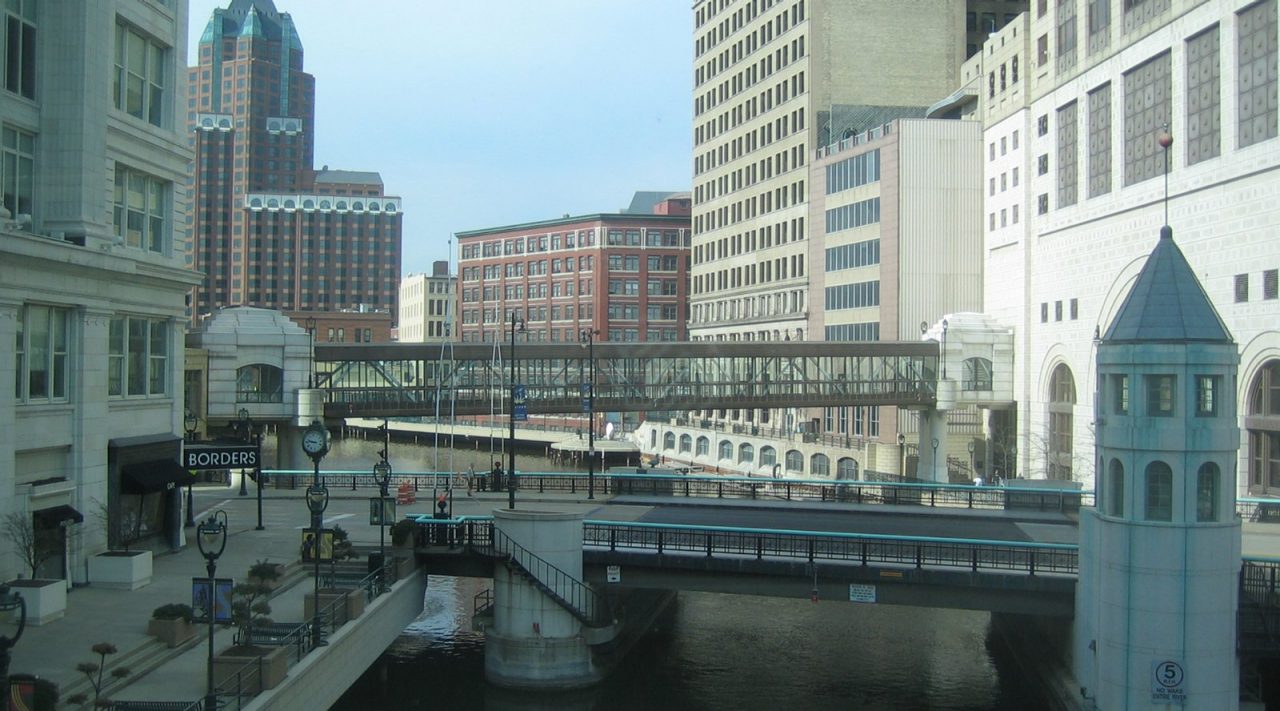Milwaukee, Wisconsin

Milwaukee, the largest city in Wisconsin, lies along the western shore of Lake Michigan at the confluence of three rivers.
Originally used by fur traders and shippers as the Great Lakes Port, the city was incorporated in 1846. Milwaukee has traditionally been known for its breweries, industrial and manufacturing might, and its waves of immigrant populations. Despite its racial diversity, Milwaukee is regarded as one of the nation’s most racially segregated metropolitan areas in the United States.
In 2015, the once prosperous city of Milwaukee was rated the second poorest major city in America. Decades of entrenched segregation and the decline of the manufacturing sector have produced neighborhoods of concentrated poverty and their associated high rates of chronic disease, depression, teen pregnancy, and low educational attainment. Partnerships have emerged that envision Milwaukee as a leader in environmentally conscious job creation, improved access to healthy, local foods, and shared transportation options.
